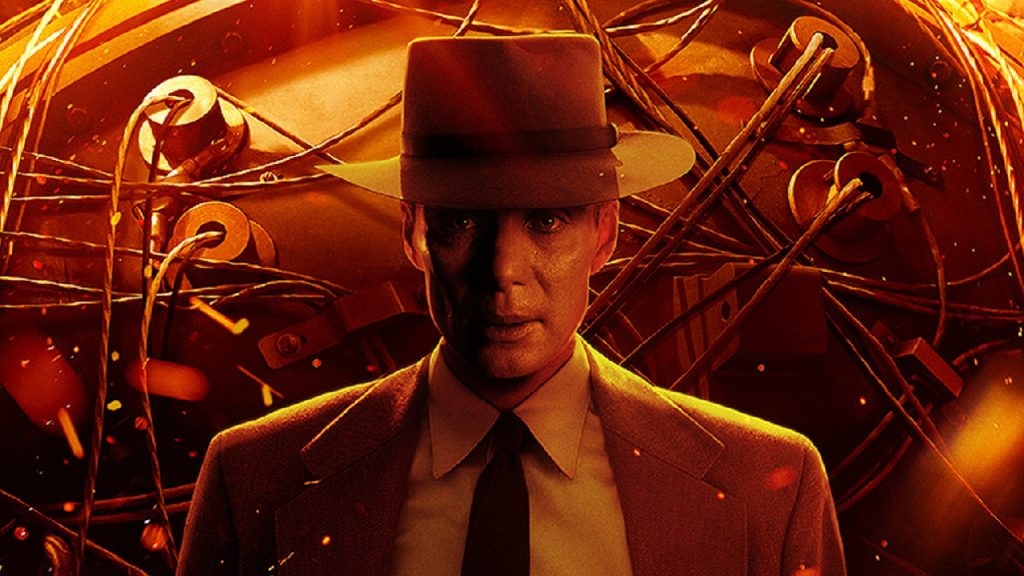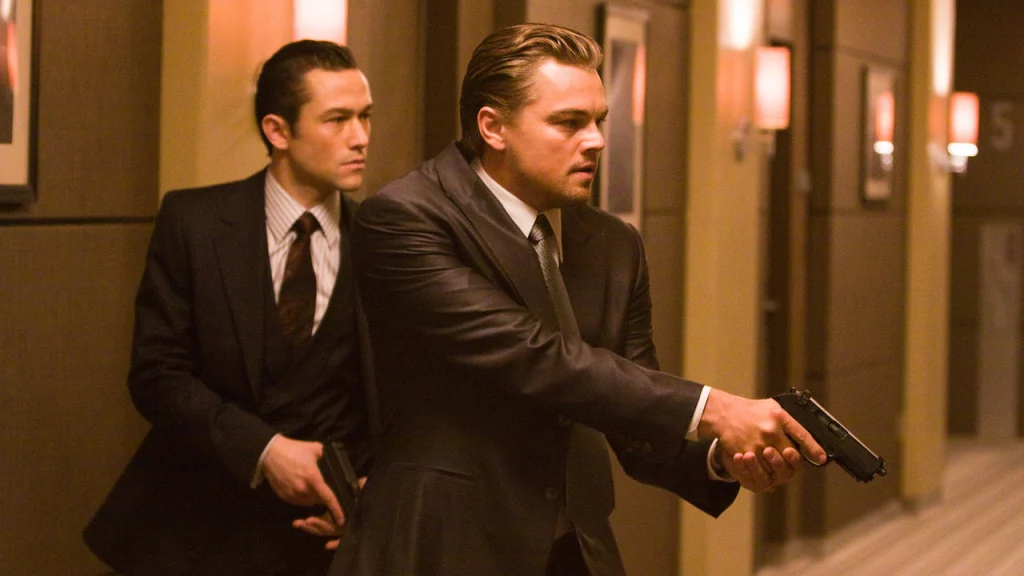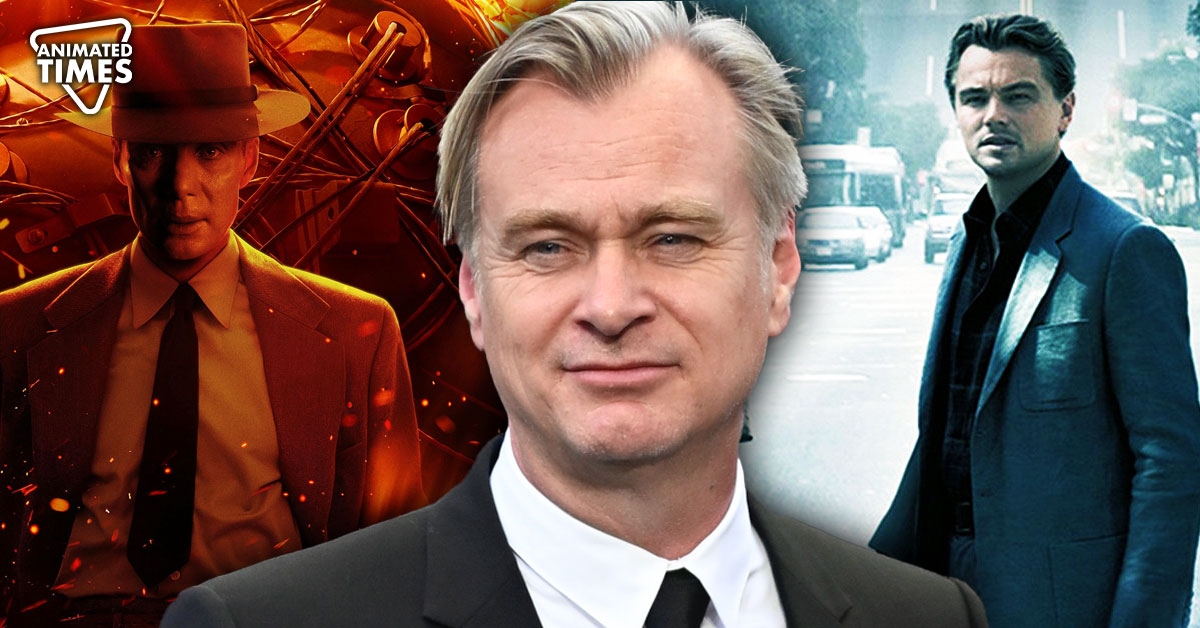Christopher Nolan Refused to Use CGI Not Only for Oppenheimer but Also for Leonardo Dicaprio’s Inception, Built Rotating Set for Zero Gravity
Christopher Nolan, a renowned filmmaker, has garnered a steadfast and dedicated following throughout his career, primarily owing to his distinctive approach to filmmaking. What truly sets Nolan apart from his contemporaries is his unwavering commitment to the art of cinema and his refusal to rely on the prevalent use of CGI in recent times. One of the most highly anticipated films in recent years, Christopher Nolan’s Oppenheimer, left audiences awestruck when they discovered that he had opted not to employ CGI to recreate the pivotal nuclear explosion scenes.

Nolan’s aversion to CGI is not limited to Oppenheimer. In fact, he carried this approach into another of his notable works, Inception, starring Leonardo DiCaprio. Inception is a cinematic masterpiece that takes viewers on a mind-bending journey, consistently challenging their understanding of reality and illusion. Nolan’s decision to eschew CGI in this film is a testament to his commitment to delivering an immersive and visually stunning experience that relies on practical effects and innovative techniques.
Christopher Nolan’s Oppenheimer Challenges CGI with Practical Effects

Christopher Nolan’s uncompromising stance against the use of CGI in certain key scenes of Oppenheimer is a testament to his commitment to achieving authenticity and cinematic excellence. While there’s no denying that a visually stunning and believable nuclear explosion can be crafted using computer-generated imagery, Nolan opted for a truly unique and practical approach.
In creating these scenes, Nolan utilized unconventional methods that, while initially seeming out of the ordinary, resulted in a cinematic marvel. Ping pong balls were expertly smashed, capturing their vibrant, chaotic paths on film. Paint splattered on walls, leaving a vivid and chaotic canvas. These elements were filmed at various frame rates, creating a mesmerizing fusion of motion and emotion.
Nolan’s innovation went even further. Explosions, a vital part of these scenes, were achieved authentically, without CGI. Real-world elements, such as gasoline and a carefully crafted mixture of Potassium Nitrate, Sulfur, and charcoal, were used to ensure genuine and visceral explosions. Nolan told Collider,
“The Trinity test, ultimately, but also these early imaginings of Oppenheimer visualising the Quantum Realm, they had to be threatening in some way. They had to have the bite of real-world imagery. The Trinity test, for those who were there, was the most beautiful and terrifying thing simultaneously, and that’s where we were headed for this film.”
The scenes in Oppenheimer that portray the catastrophic aftermath of an atomic blast, particularly when reimagining the tests conducted by scientists in the unforgiving desert, encapsulate the gravity and historical significance of the subject matter. These scenes demanded authenticity, and Nolan’s unconventional methods delivered just that.
Nolan’s Practical Magic for Crafting the Iconic Zero-Gravity Scene in Inception

In Christopher Nolan’s acclaimed film Inception, the movie is replete with breathtaking visual effects that have left a lasting mark on audiences. However, one particular scene stands out above all else, and it’s none other than the iconic zero-gravity hallway fight sequence. This unforgettable scene unfolds as Arthur, portrayed by Joseph Gordon-Levitt, engages in a gravity-defying brawl against the formidable guards within the confines of Robert’s dream. The entire sequence takes place in a rotating hallway, creating the sensation of zero gravity.
The magic lies in the absence of computer-generated effects. The Inception team achieved the extraordinary by building a rotating set in a London airship hangar. To capture the mind-bending action, Joseph Gordon-Levitt and the guards were suspended from wires, creating the illusion of zero gravity. The hallway, constructed vertically with the camera at the bottom, made the actors appear to float weightlessly.
Another part of the set was nearly identical in all respects. These elements were used to depict those segments of the fight where gravity was shown to be shifting, giving the audience a sense of the ever-changing gravitational forces. The result was a spectacular cinematic achievement that seemingly defied the laws of physics, leaving audiences in awe.





